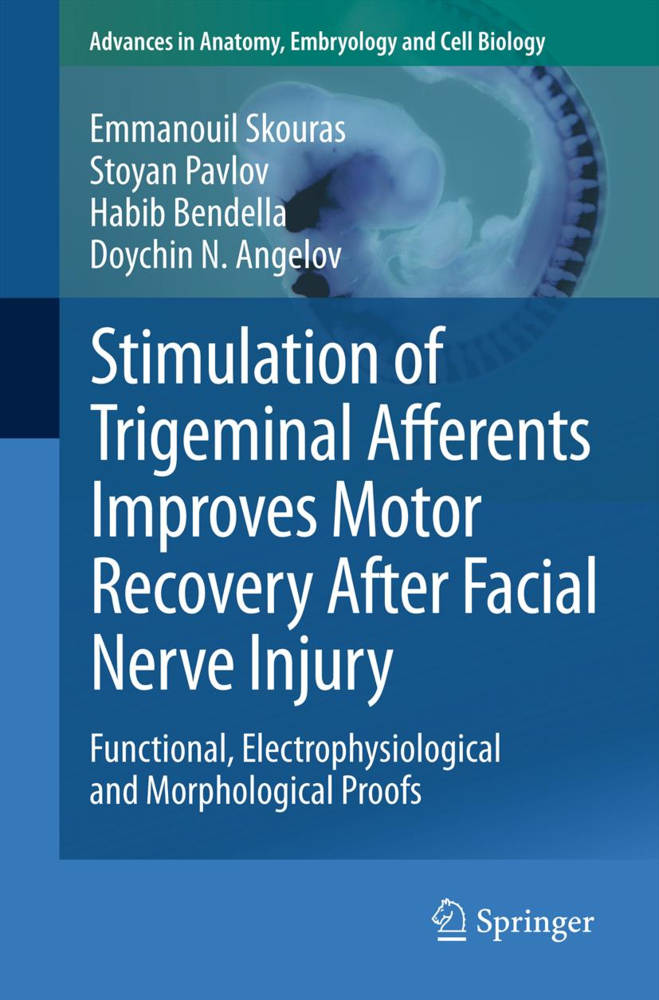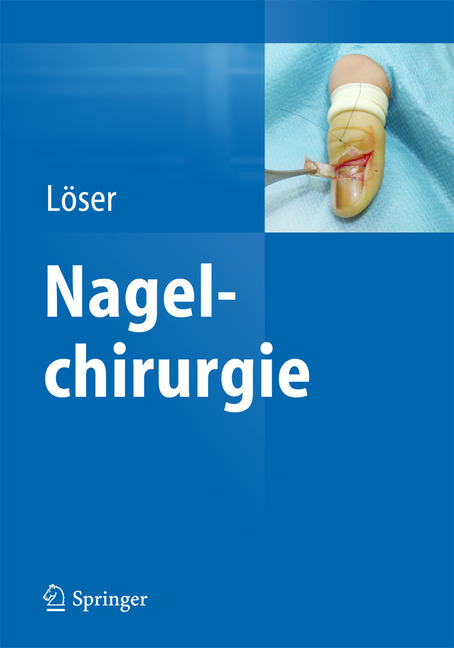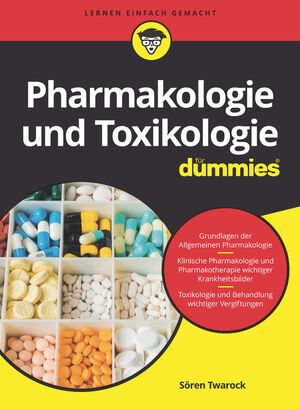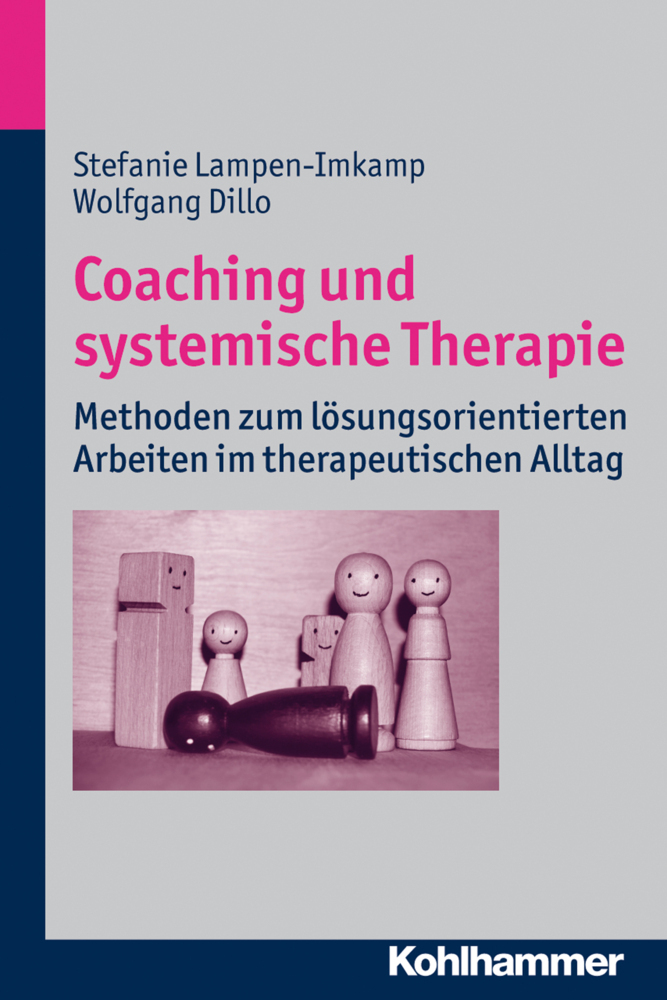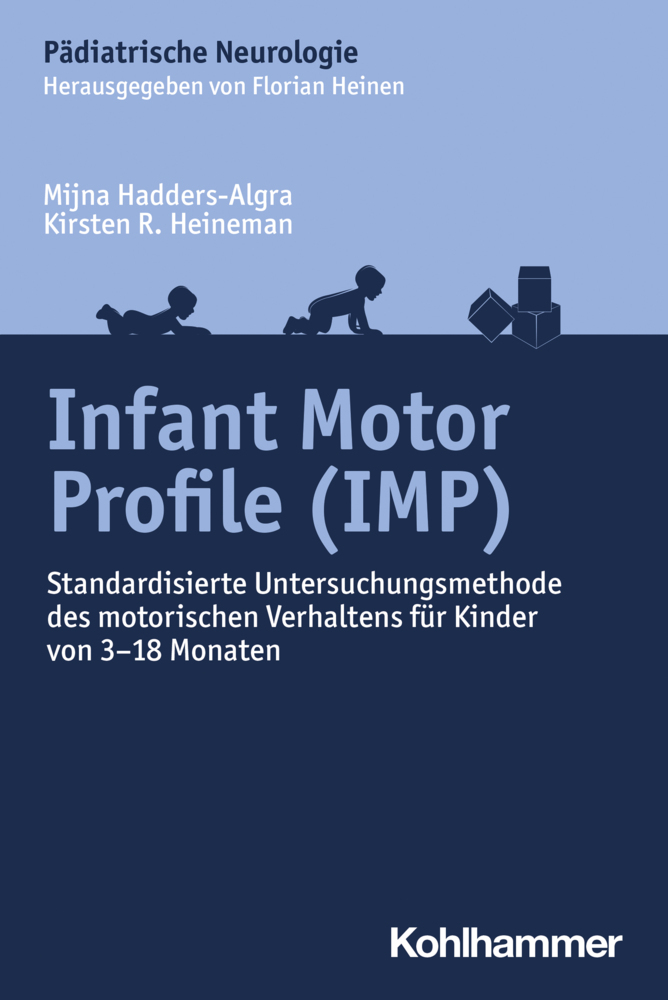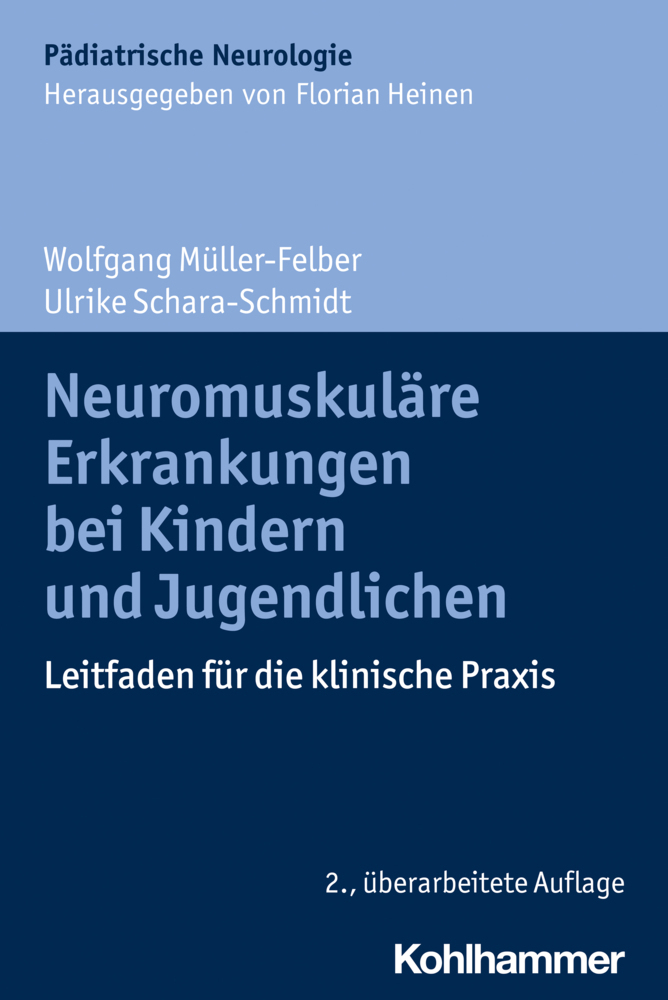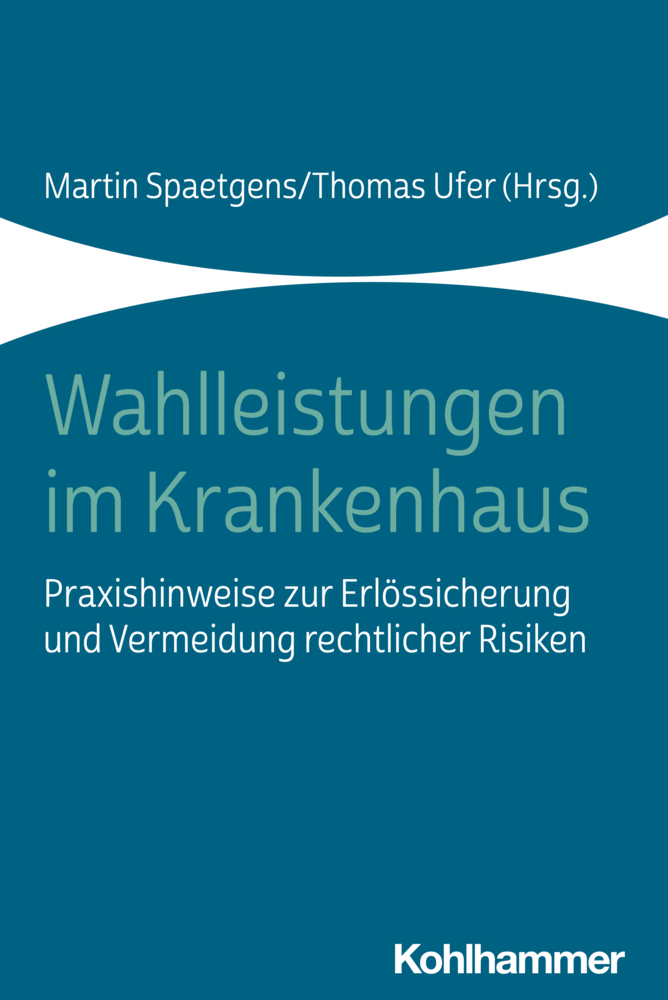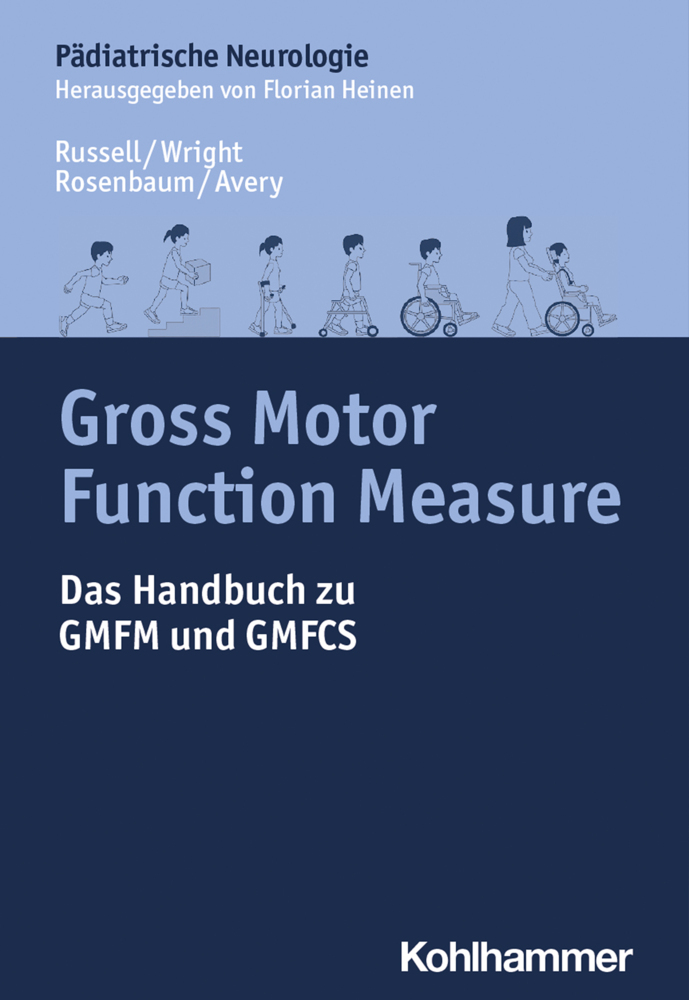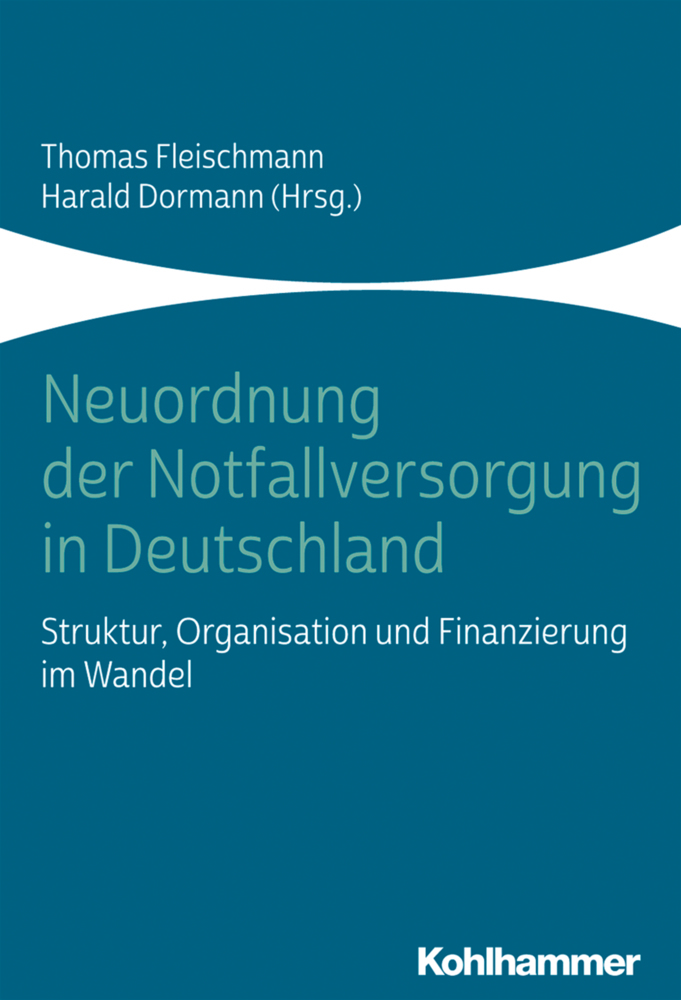Stimulation of Trigeminal Afferents Improves Motor Recovery After Facial Nerve Injury
Functional, Electrophysiological and Morphological Proofs
Recovery of mimic function after facial nerve transection is poor: the successful regrowth of axotomized motoneurons to their targets is compromised by (i) poor axonal navigation and excessive collateral branching, (ii) abnormal exchange of nerve impulses between adjacent regrowing axons and (iii) insufficient synaptic input to facial motoneurons. As a result, axotomized motoneurons get hyperexcitable and unable to discharge. Since improvement of growth cone navigation and reduction of the ephaptic cross-talk between axons turn out be very difficult, the authorsa concentrated on the third detrimental component and proposed that an intensification of the trigeminal input to axotomized electrophysiologically silent facial motoneurons might improve specificity of reinnervation. To test the hypothesis they compared behavioral, electrophysiological and morphological parameters after single reconstructive surgery on the facial nerve with those obtained after identical facial nerve surgery, but combined with direct or indirect stimulation of the ipsilateral infraorbital (ION) nerve. The authors found that in all cases trigeminal stimulation was beneficial for the outcome by improving the quality of target reinnervation and recovery of vibrissal motor performance.
Third major set: direct stimulation of the trigeminal and facial nerves after facial nerve surgery by massage of the vibrissal muscles
Fourth major set: direct stimulation of the trigeminal and facial nerves after facial nerve surgery by application of electric current to the vibrissal muscles
RESULTS
Mild indirect stimulation of the trigeminal afferents after combined surgery on the infraorbital and facial nerves by removal of the contralateral vibrissal hairs improves vibrissal function
Intensive indirect stimulation of the trigeminal afferents by excision of the contralateral ION attenuates the degree of collateral axonal branching and improves the accuracy of muscle reinnervation
Direct stimulation of the trigeminal and facial nerves by massage of the vibrissal muscles improves the quality of target reinnervation and promotes full recovery of whisking function
Direct stimulation of the trigeminal and facial nerves by electric current to the vibrissal muscles fails to improve quality of target reinnervation and does not promote recovery of vibrissal function
DISCUSSION
Mild indirect stimulation of the trigeminal afferents by removal of the contralateral vibrissal hairs has a beneficial effect on motor recovery
Beneficial effect of the intensive indirect stimulation of the trigeminal afferents by excision of the contralateral ION
Complete recovery of motor function after direct stimulation of the trigeminal and facial nerves by massage of the vibrissal muscles
Deleterious effect of the direct stimulation of the trigeminal and facial nerves by application of electric current to the vibrissalmuscles . - conclusion
References.
First major set: mild indirect stimulation of the trigeminal afferents after combined surgery on the infraorbital and facial nerves by removal (clipping) of the contralateral vibrissal hairs
Second major set: intensive indirect stimulation of the trigeminal afferents after facial nerve surgery by extcision of the contralateral infraorbital nerveThird major set: direct stimulation of the trigeminal and facial nerves after facial nerve surgery by massage of the vibrissal muscles
Fourth major set: direct stimulation of the trigeminal and facial nerves after facial nerve surgery by application of electric current to the vibrissal muscles
RESULTS
Mild indirect stimulation of the trigeminal afferents after combined surgery on the infraorbital and facial nerves by removal of the contralateral vibrissal hairs improves vibrissal function
Intensive indirect stimulation of the trigeminal afferents by excision of the contralateral ION attenuates the degree of collateral axonal branching and improves the accuracy of muscle reinnervation
Direct stimulation of the trigeminal and facial nerves by massage of the vibrissal muscles improves the quality of target reinnervation and promotes full recovery of whisking function
Direct stimulation of the trigeminal and facial nerves by electric current to the vibrissal muscles fails to improve quality of target reinnervation and does not promote recovery of vibrissal function
DISCUSSION
Mild indirect stimulation of the trigeminal afferents by removal of the contralateral vibrissal hairs has a beneficial effect on motor recovery
Beneficial effect of the intensive indirect stimulation of the trigeminal afferents by excision of the contralateral ION
Complete recovery of motor function after direct stimulation of the trigeminal and facial nerves by massage of the vibrissal muscles
Deleterious effect of the direct stimulation of the trigeminal and facial nerves by application of electric current to the vibrissalmuscles . - conclusion
References.
Skouras, Emmanouil
Pavlov, Stoyan
Bendella, Habib
Angelov, Doychin N.
| ISBN | 978-3-642-33310-1 |
|---|---|
| Artikelnummer | 9783642333101 |
| Medientyp | Buch |
| Copyrightjahr | 2013 |
| Verlag | Springer, Berlin |
| Umfang | XV, 110 Seiten |
| Abbildungen | XV, 110 p. |
| Sprache | Englisch |

